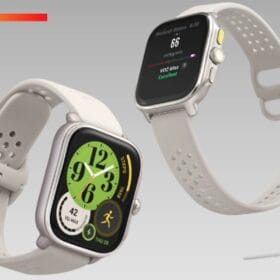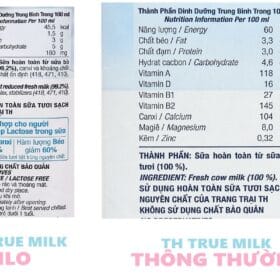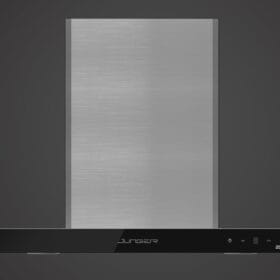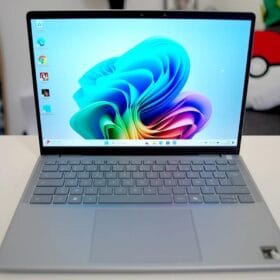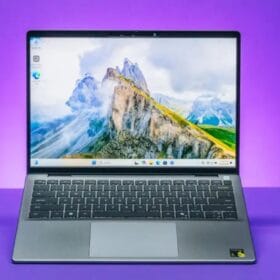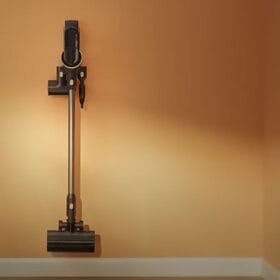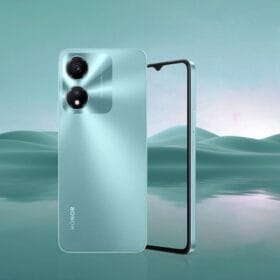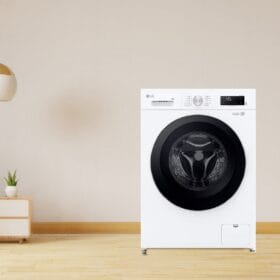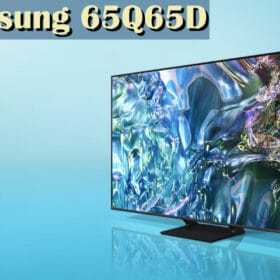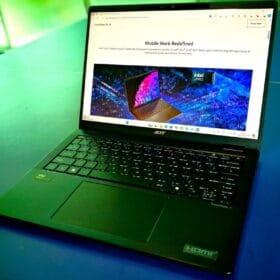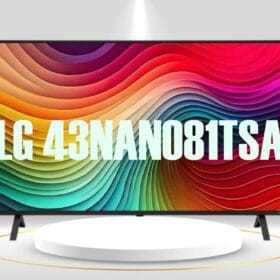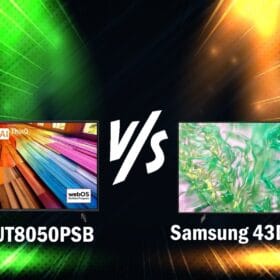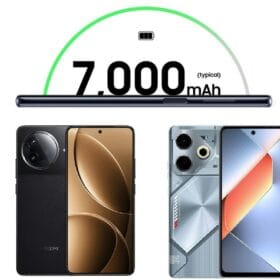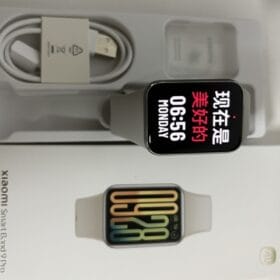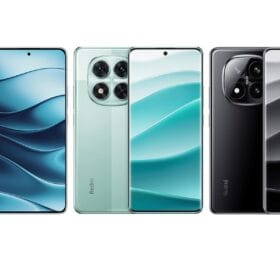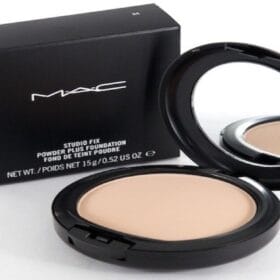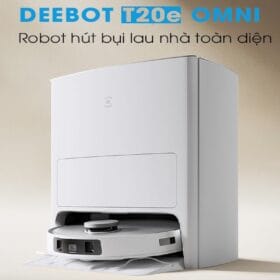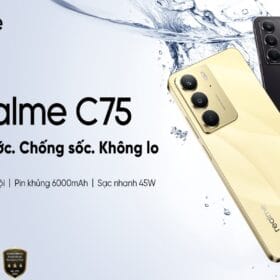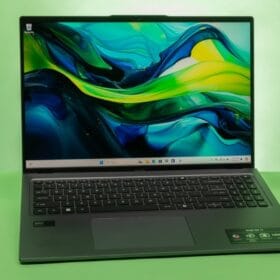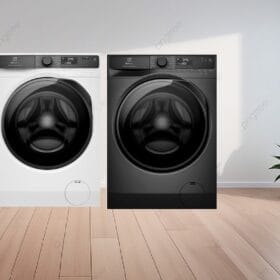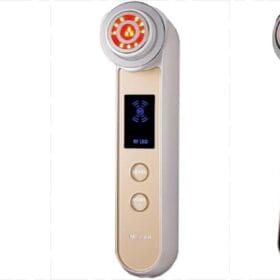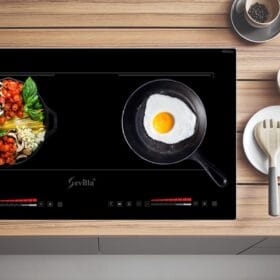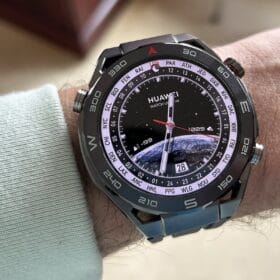If you don’t care too much about pure performance, need a laptop powerful enough to get the job done but it’s important to have good battery life, compactness, and a beautiful screen, then the Asus Zenbook S 14 (2024) With Core Ultra Series 2 chip, it will be a more worthy choice.
At the launch of the Core Ultra series, Intel’s situation was not very optimistic. Because, the company’s first Meteor Lake generation was mercilessly crushed by other brands’ chipsets: poor GPU performance of Apple’s M3, poor battery performance compared to Qualcomm’s Snapdragon X. Even worse, the first generation Core Ultra’s neural processing unit (NPU) is not powerful enough to run the new AI features of Windows Copilot+, only AMD’s Snapdragon X or Ryzen AI can meet this requirement. .
Therefore, Intel was forced to launch Core Ultra Series 2 to change the game with two main goals: increasing GPU and NPU performance, and improving battery life. And one of the pioneer laptops chosen to test the performance of the new Core Ultra Series 2 chip will be the Asus Zenbook S 14, one of the laptop lines famous for its beautiful design. Modern with OLED screen. And let’s see what kind of performance values this new Asus Zenbook laptop will bring with a completely new chip.
1. Asus Zenbook S 14 (2024) laptop design review
This thin and light Asus laptop uses the same design language as the 2024 Zenbook 14 OLED, but is thinner and lighter. The size of 310 x 242 mm is closer to a 13.3-inch laptop than a 14-inch laptop, with a thickness of less than 12mm and a weight of only 1.2kg. The colors on this model are still very rich for users to choose from, the most impressive of which is the ‘luxurious’ version in graphite color with a unique ceramic imitation Ceraluminium finish, giving the metal material a feel. softer, a high-end beauty that’s hard to refuse.

Salon Tray Cart with Storage Platform, Aluminum Tattoo Tray with Wheels Trolley Adjustable Height, Salon Tray Equipment Service Instrument Storage Tray Accessory for Salon & Spa Use, Black
$44.98 (as of January 4, 2025 00:26 GMT +00:00 - More infoProduct prices and availability are accurate as of the date/time indicated and are subject to change. Any price and availability information displayed on [relevant Amazon Site(s), as applicable] at the time of purchase will apply to the purchase of this product.)EARTHLITE BODYWORKER’S CHOICE Massage Table Warmer – Three Heat Settings, Felt Lined Heating Pad (30” x 71”) | One-Year Replacement Guarantee
$38.81 (as of January 4, 2025 00:26 GMT +00:00 - More infoProduct prices and availability are accurate as of the date/time indicated and are subject to change. Any price and availability information displayed on [relevant Amazon Site(s), as applicable] at the time of purchase will apply to the purchase of this product.)NuDerma Portable Handheld Skin Therapy Wand Machine w/Neon – Anti-Aging - Skin Tightening - Wrinkle Reducing - Dark Circles – Clarifying - Hair & Scalp Stimulator
(as of January 4, 2025 00:26 GMT +00:00 - More infoProduct prices and availability are accurate as of the date/time indicated and are subject to change. Any price and availability information displayed on [relevant Amazon Site(s), as applicable] at the time of purchase will apply to the purchase of this product.)Opini Mannequin Head with Hair 80% Human Hair Straight 26"-28" Doll Head with Hair Cosmetology Mannequin Head Human Hair for Hairdresser (#27 Light brown)
$29.98 (as of January 4, 2025 00:26 GMT +00:00 - More infoProduct prices and availability are accurate as of the date/time indicated and are subject to change. Any price and availability information displayed on [relevant Amazon Site(s), as applicable] at the time of purchase will apply to the purchase of this product.)ForPro Professional Collection Extra Large Hand Mirror with Handle, 9" W x 12" L, Multi-Purpose Handheld Mirror with Distortion-Free Reflection, Black
$5.99 (as of January 4, 2025 00:26 GMT +00:00 - More infoProduct prices and availability are accurate as of the date/time indicated and are subject to change. Any price and availability information displayed on [relevant Amazon Site(s), as applicable] at the time of purchase will apply to the purchase of this product.)NuDerma Clinical Skin Therapy Wand - Portable Skin Therapy Machine w 6 Fusion Neon + Argon Wands – Anti Aging - Clarifying - Skin Tightening & Radiance - Wrinkle Reducing
$99.95 (as of January 4, 2025 00:26 GMT +00:00 - More infoProduct prices and availability are accurate as of the date/time indicated and are subject to change. Any price and availability information displayed on [relevant Amazon Site(s), as applicable] at the time of purchase will apply to the purchase of this product.)Bonnet Hair Dryer w/A Headband Integrated That Reduces Heat Around Ears & Neck - Hair Dryer Diffuser Cap for Hair Dryer Curly Hair, Speeds Up Drying Time, Deep Conditioning at Home - Large (Purple)
$15.95 (as of January 4, 2025 00:26 GMT +00:00 - More infoProduct prices and availability are accurate as of the date/time indicated and are subject to change. Any price and availability information displayed on [relevant Amazon Site(s), as applicable] at the time of purchase will apply to the purchase of this product.)DilaBee Spray Bottles (4-Pack - 8 Oz) Water Spray Bottle for Hair, Plants, Cleaning Solutions, Cooking, BBQ, Squirt Bottle for Cats, Empty Spray Bottles - BPA-Free - Multicolor
$9.99 (as of January 4, 2025 00:26 GMT +00:00 - More infoProduct prices and availability are accurate as of the date/time indicated and are subject to change. Any price and availability information displayed on [relevant Amazon Site(s), as applicable] at the time of purchase will apply to the purchase of this product.)FLYHIT Large Towel Warmer for Bathroom - Heated Towel Warmers Bucket, Wood Handle, Auto Shut Off, Fits Up to Two 40"X70" Oversized Towels, Bathrobes, Blankets, Best Ideal for Mother's Gifts
$99.97 (as of January 4, 2025 00:26 GMT +00:00 - More infoProduct prices and availability are accurate as of the date/time indicated and are subject to change. Any price and availability information displayed on [relevant Amazon Site(s), as applicable] at the time of purchase will apply to the purchase of this product.)CLSEVXY Magnifying Handheld Mirror Double Sided, 1X 15X Magnification Hand Mirror, Travel Folding Held Adjustable Rotation Pedestal Makeup Desk Vanity
$9.99 (as of January 4, 2025 00:26 GMT +00:00 - More infoProduct prices and availability are accurate as of the date/time indicated and are subject to change. Any price and availability information displayed on [relevant Amazon Site(s), as applicable] at the time of purchase will apply to the purchase of this product.)The low profile with a slight tilt angle makes typing easy, and its keyboard offers the best typing experience you’ll find on a laptop. The key travel is only about 1mm, but the typing feeling is very solid and there is no subsidence or vibration.
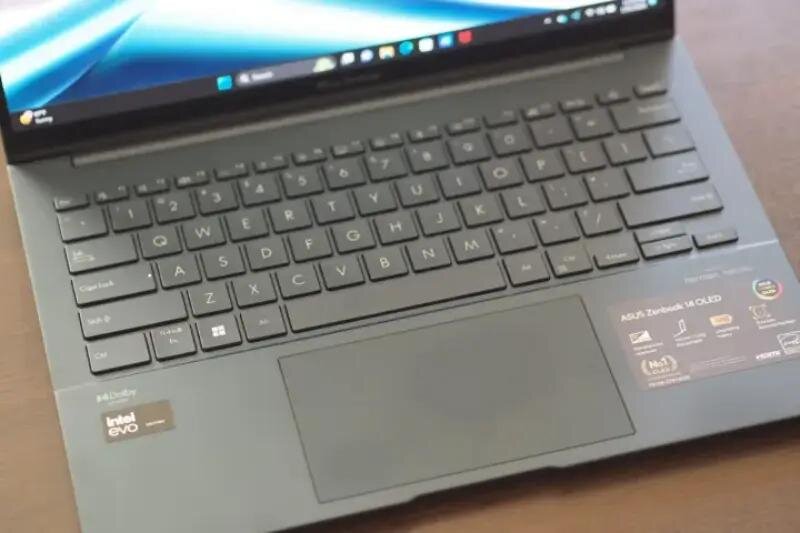
The touchpad is also excellent. It’s smooth with a premium glass coating, and its size of 12.6 x 7.8 cm is completely adequate for a high-end 14-inch laptop. It supports many additional gestures to adjust basic settings like brightness and volume, and is responsive enough to navigate large excel spreadsheets or complex creative applications.
Although there aren’t many connections due to its thin and light design, the Asus Zenbook S 14 (2024) still exceeds expectations with two Thunderbolt 4 ports, one USB-A port and one HDMI 2.1 port, with built-in Wi-Fi 7 , the LAN port is probably not necessary on this machine.
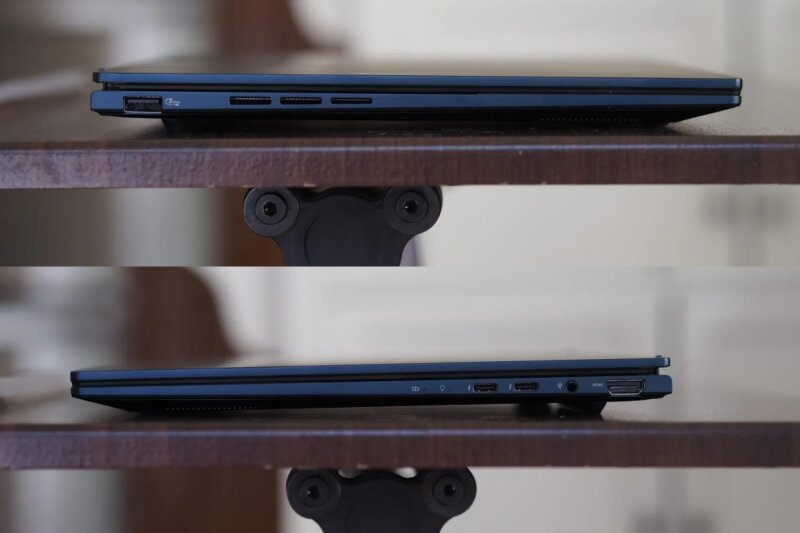
2. Screen quality of Asus Zenbook S 14 (2024)
The Zenbook S 14’s OLED display is another highlight. Although not too bright – maximum SDR brightness is 372 nits – the 14-inch size and 2880 x 1800 resolution deliver extremely sharp images and vivid colors. This monitor covers 100% sRGB and 99.9% DCI-P3, providing extremely high color accuracy so users can use it for any professional editing work.
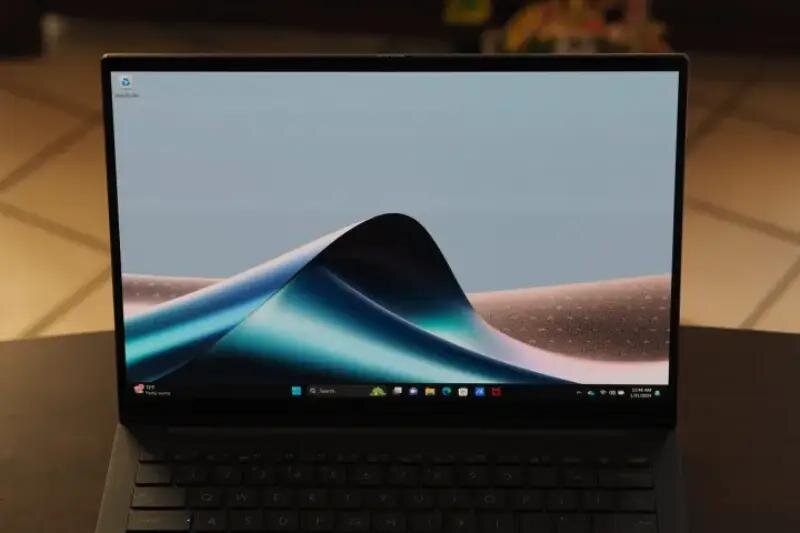
The sound is also quite surprising, full and rich for a laptop with limited internal space. You can listen to background music at low volume without headphones, and it’s also great for video calls. However, the 1080p webcam is only average in resolution and detail compared to some webcams on other high-end Ultrabook devices.
3. Configuration and performance of Asus Zenbook S 14 (2024)
Intel’s Meteor Lake technology has been quite revolutionary with a more flexible chipset architecture, dedicated NPU, and powerful GPU. However, the new Lunar Lake architecture is not just a simple update, it is as if Intel is betting on improved per-core performance because of increased core count or increased multi-threading. The Core Ultra 9 288V chip inside the Zenbook S 14 used for this review has only 4 P cores and 4 E cores, no hyper-threading applied. It has even fewer cores than the Meteor Lake generation.
But, it’s worth mentioning that these 8 cores are designed to process data streams more efficiently and can run at speeds of up to 5.1 Ghz (P core) or 3.7 GHz (E core). The AI Boost NPU now delivers up to 48 TOPS of performance, surpassing the 40 TOPS required for a Copilot+ PC, while the Arc Graphics 140V GPU is the first iGPU to use the company’s high-performance XE2 graphics architecture. Intel.
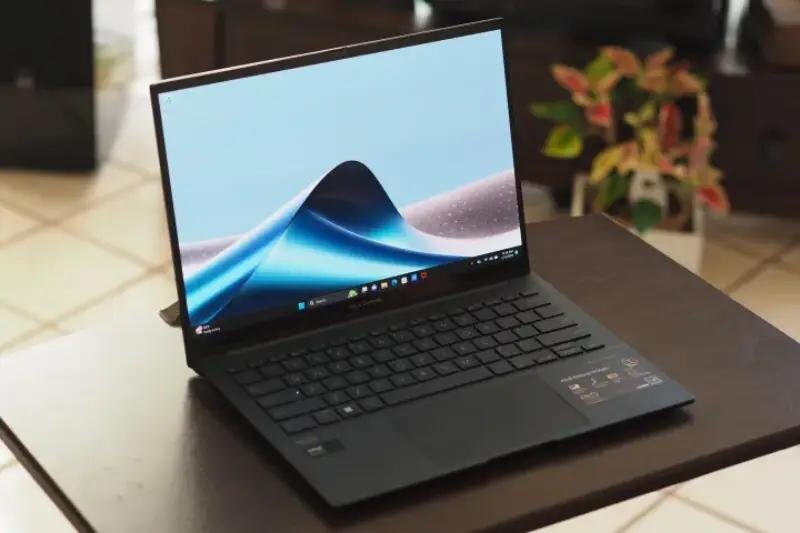
And, the good news is that its single-thread performance is strong, scoring 2,807 points in Geekbench 6, beating the Snapdragon X Elite on the Asus Vivobook S 15 (2,427 points) and the Ryzen AI 9 HX 370 on the Asus Zenbook S 16 (2,782 points). . In addition, the new architecture also helps Intel’s chip win in rendering tests such as Cinebench 2024, it scored 120 points, surpassing Asus Zenbook S16 (112 points) and Vivobook S15 (106 points).
Furthermore, Intel also goes further with GPU performance. In 3DMark TimeSpy, the XE2 GPU of the Core Ultra 9 288V on the Asus Zenbook S14 (2024) completely outstripped its competitors with a score of 4,329, the other two competitors only scored 1,848 points (Vivobook S 15) and 3,729 points (Zenbook) respectively. S16).
However, the multi-threaded performance of this chip is not really satisfactory. In Geekbench 6, it only scored 10,360 points, a good result but still quite far behind the score of 14,337 (Vivobook S 15) or 13,508 points (Zenbook S 16). The same story happens with Cinebench 2024, Vivobook S15 leads with 941 points, Zenbook S16 877 points, while the best score that Zenbook S 14 can achieve is 502. In general, from this score we can also Imagine that 3D rendering does not seem to be a strong task for this thin and light 14-inch laptop.
As for the NPU aspect, although it is still difficult to judge from current tests, at least the 48 TOPS that Intel promises will provide good performance for supporting applications.
Although multi-threaded performance is a bit disappointing, this is also Intel’s intention, they do not orient Lunar Lake for high-performance computing but as a technology that provides strong enough performance and longer battery life. In the HD video playback test with 50% brightness, the Zenbook S 14 could run continuously for 17 hours and 9 minutes, a marked improvement compared to the 12 – 13 hours from a similar Meteor Lake device.
Overall, the battery life of the new Lunar Lake generation will definitely help Intel have more elements to attract users, especially office workers who want a laptop that can work all day without needing to charge in between. some.
4. Should I buy an Asus Zenbook S 14 (2024) laptop?
Despite average multi-threaded performance, overall the Core Ultra Series is still a remarkable success for Intel. This new CPU line is fast enough for most users, and the improvements in battery life, CPU and NPU performance are significant. It also helps the Asus Zenbook S 14 (2024) laptop stand out more. This 14-inch Asus laptop itself already has a beautiful design and excellent screen. With the addition of Core Ultra Series 2 inside, it promises to become a reliable companion in all learning and studying situations. work. For those who put work first, believe that these factors are more important than pure performance, and that promises a bright future for the next generation of thin and light laptops.


























